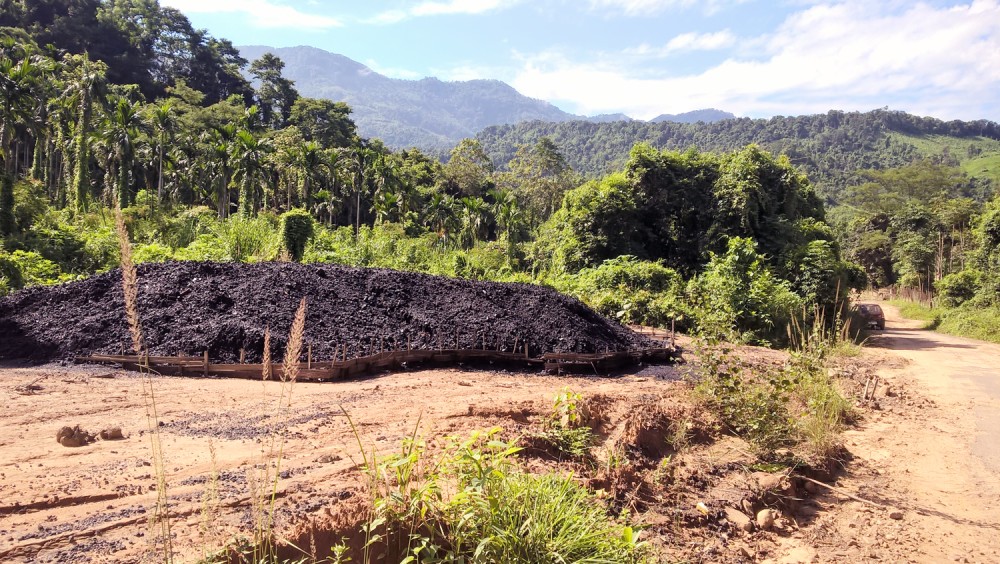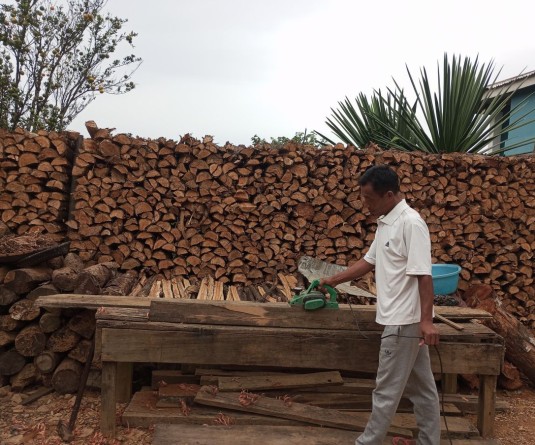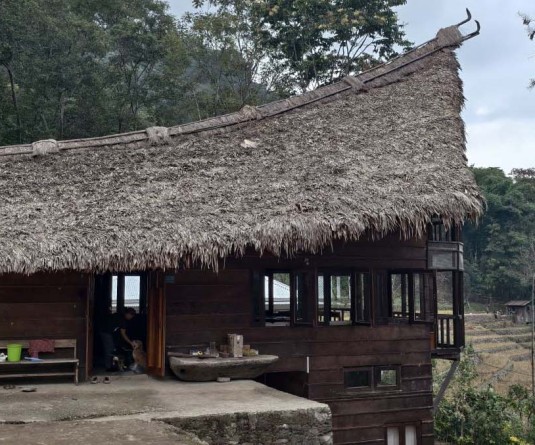Coal deposit extracted from Mangkolemba subdivision area under Mokokchung district kept at a coal depot to be transported outside the State. According to Vision 2030 document, with at least 315 million metric tonnes of coal reserves, there is very high scope for development of this mineral industry in Nagaland. (Morung Photo)

Our Correspondent
Kohima | March 3
The Nagaland State Government, in its Vision 2030 document, has highlighted several key areas on which the state can focus to develop industry, with agriculture and exploitation of mineral recourses as key focus areas.
The document pointed out that the largest potential for industrialization is the rich mineral resources comprising of oil, coal, limestone, magnetite bearing nickel, cobalt and chromium, copper, zinc and recent reports of deposits of platinum. “These resources offer very high scope for development of mineral based industries,” it stated adding that the reported reserves of around 600 million metric tonnes of crude oil, 20 million metric tonnes of hydrocarbon, 315 million metric tonnes of coal reserves and 1, 038 metric tonnes of limestone mixed with decorative and dimensional stones have to be viewed seriously for exploitation.
“Such exploitation will also lead to a number of ancillary mineral based industries that can be promoted in the state such as cement, hydrated lime, calcium carbide, bleaching powder, decorative dimensional stones, ceramic crockery. With regard to coal, the best approach would be to privatize the thermal power sector and open it up for private investment for generation of the much needed power in the state,” the vision document pointed out.
However, the document said that the first possible area of industrialization in Nagaland is the initiation of specialization in agriculture and commercial scale production which will lead to processing that will eventually scale up agro based industries.
“Farming in the state is organic by default. This provides for a niche market for organic processed food products,” it pointed out. The document said that some potential food processing industries that can be promoted are: packaged cereal food items, canned fruits and vegetables, processed spices, with floriculture also being considered as a viable industry. It also observed that agro industry could include processing of the envisaged plantation crops such as rubber, tea and coffee.
The state has 650 indigenous species of medicinal and aromatic plants identified so far. There are possibilities of existence of more high value bio-diverse flora in the state, it stated, while stressing on high value and low volume products that are defined as the basic ingredients for development of industries in the mountains.
Promotion of medicinal and aromatic plants at commercial scale will eventually lead to pharmaceutical industry coming in the state as is happening in Sikkim, the document observed.
Honey production in the state is reported at 400 MT during 2014-15 and there is a production potential of 5000 MT that can be achieved by 2030. This, the document said, will be a substantial base for a honey based industry to flourish.
With particular reference to bamboo, the revival of the Nagaland Pulp and Paper Company Limited (NPPC) needs urgent attention as there is a lot at stake, it observed. Apart from the direct income to bamboo farmers through the supply of 3 lakh MT of bamboo annually to the Paper Mill, the document also pointed to benefits accrued by the people involved in the ancillary activities such as its transportation and so on.
The meat production industry was another focused on by the document, stating that one of the advantages that the state enjoys is that there is no sensitivity to various meats like in the other parts of the country. There is, therefore large potential for the development of meat based industries as one of the Unique Selling Proposition (USP) of the state, it observed.
Further, it stated that Nagaland has enormous potential in raw silk production. The aim therefore is to increase silk production to 1, 700 MT by the end of the 12th Five Year Plan period.
The handloom and the handicraft sector with special focus on basketry and loin loom; and the tourism industry were other sectors included in the document. The Apparel and Garment Making Centre at Dimapur has three production units with requisite machineries. With available modern technology and provision of adequate inputs customized with local traditional designs/materials, these units have the potential to cater to the niche market, it added.
The document also pointed to the potential for the music and entertainment sectors to develop as an industry.




 - Copy.jpg)

